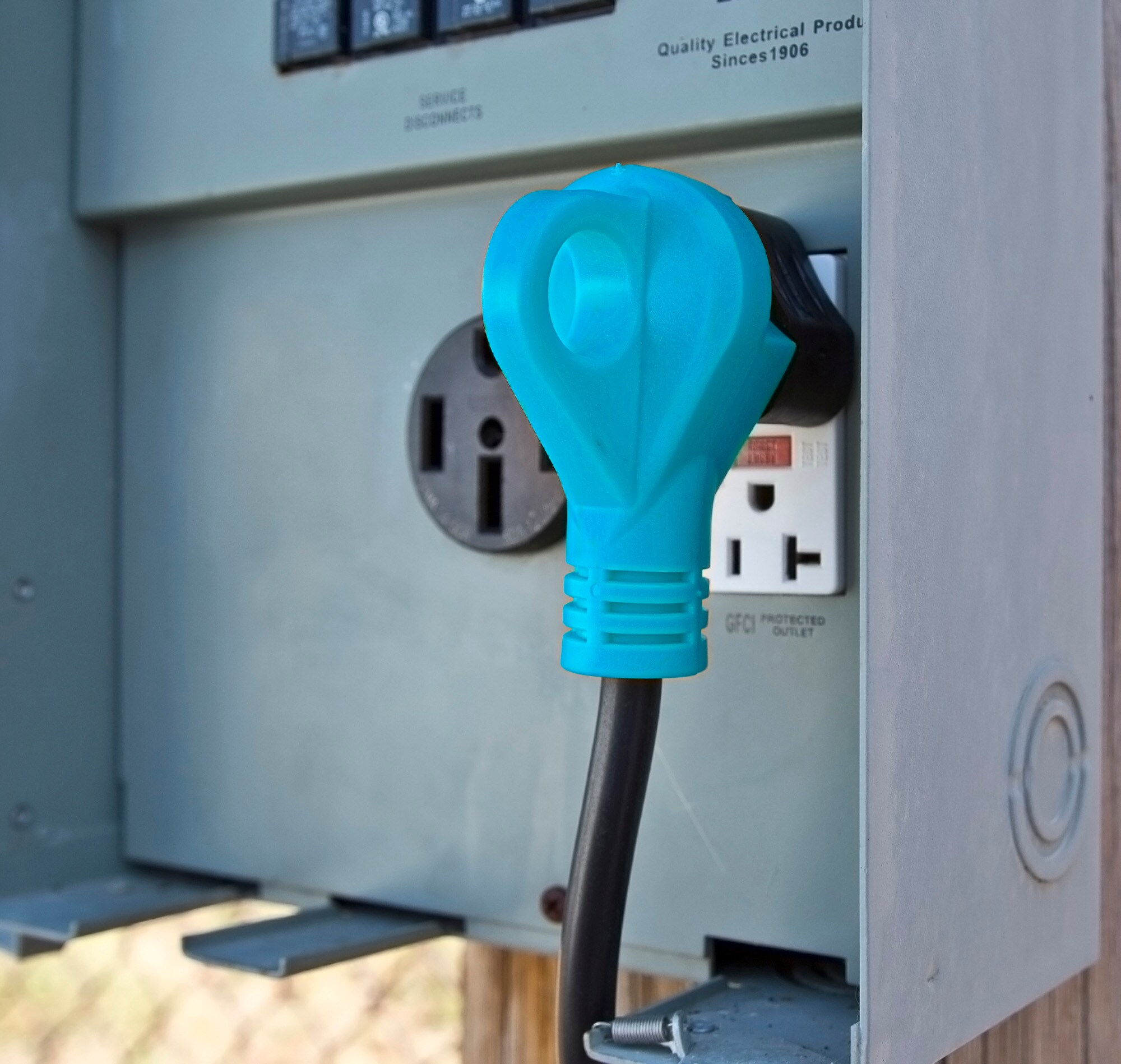Are you curious about wiring a 30-amp RV plug? When you connect your RV to power, you might wonder if that 30 amp plug is all about 120 or 240 volts. Don’t worry; understanding this is like knowing if you’re plugging into a regular outlet or something a bit stronger. It’s like choosing between a small straw and a big cup for your drink.
The difference in voltage might sound like a puzzle, but it’s more like picking the right key for a lock. We’ll walk you through what the 30 amp plug means regarding voltage. By the end of this, you’ll be the expert on how your RV gets the current it needs to keep you comfortable on your trips.
1. Spotting Your RV’s Electrical Needs
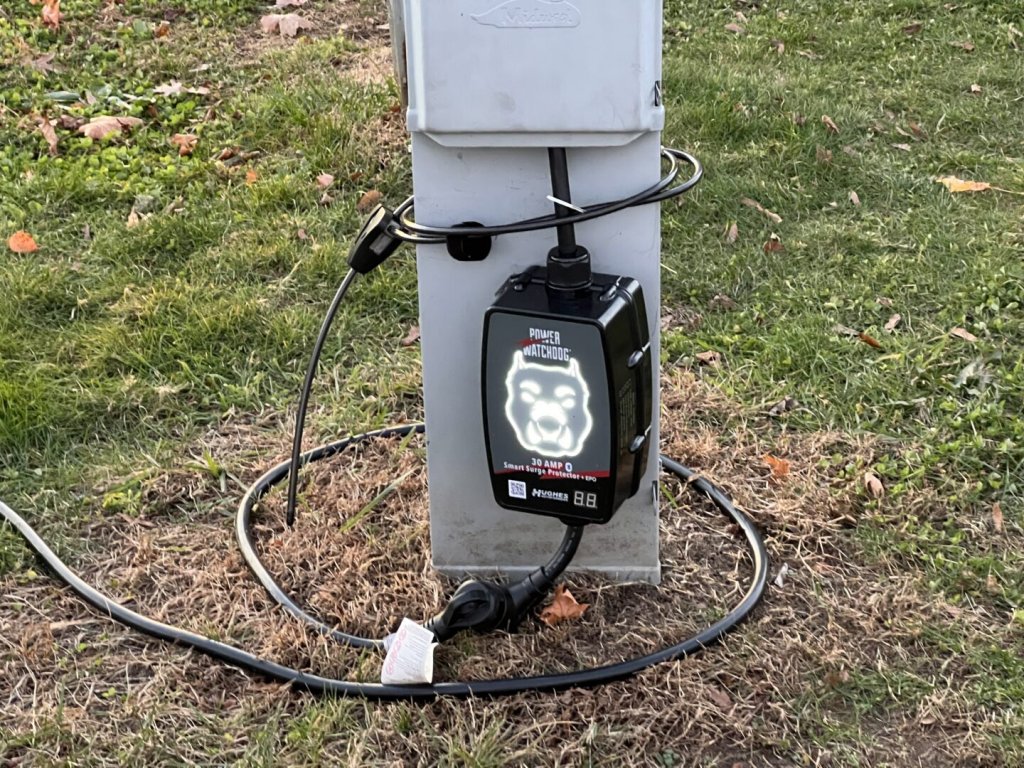
Figuring out what kind of electrical power your RV needs might sound puzzling, but it’s simpler than it seems. Most RVs run on a 120-volt electrical system. However, some might require a 240V connection to deliver more power. You can identify a 240V hookup by its four-prong plug. These plugs give you two 120V power sources. If your RV has a three-prong plug, it’s using a single 120V service. Get an RV beginner book for yourself if you have just started with RVs.
2. RV Power Confusion: 240V or 120V?
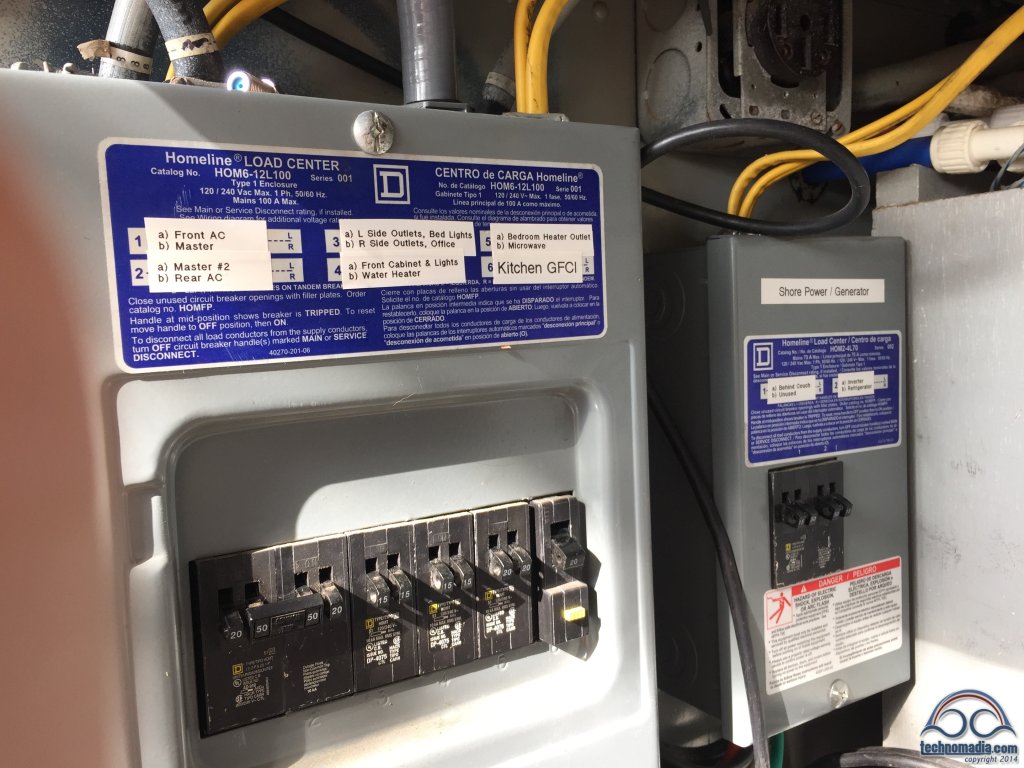
Don’t be confused by RV electrical power. For most RVs, the standard is 120-volt power, the same as what powers your home appliances. It’s like how your TV and fridge work. But some RVs, like those with bigger appliances, need 240V power. It’s a bit like how industrial machines work.
3. Cautions for Electrical Connections
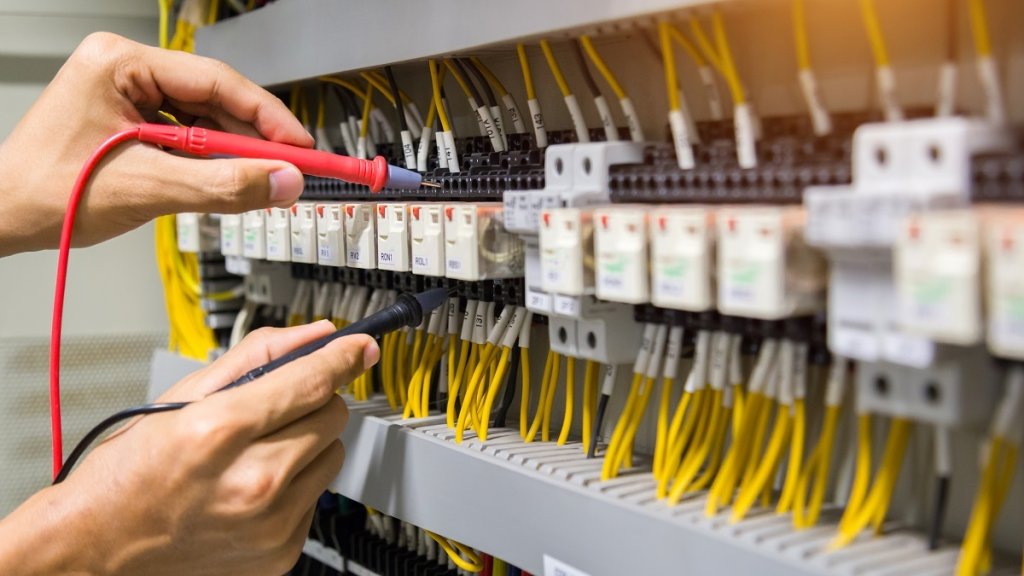
Be cautious when connecting your RV to power. Whether it’s 30A or 50A, the electricity can be dangerous if not handled right. Also, a bad connection can hurt your RV and cost a lot to fix. If it’s wet outside, be extra careful. Wear special gloves if you have to work with electricity in wet conditions.
4. 240V for Big Appliances
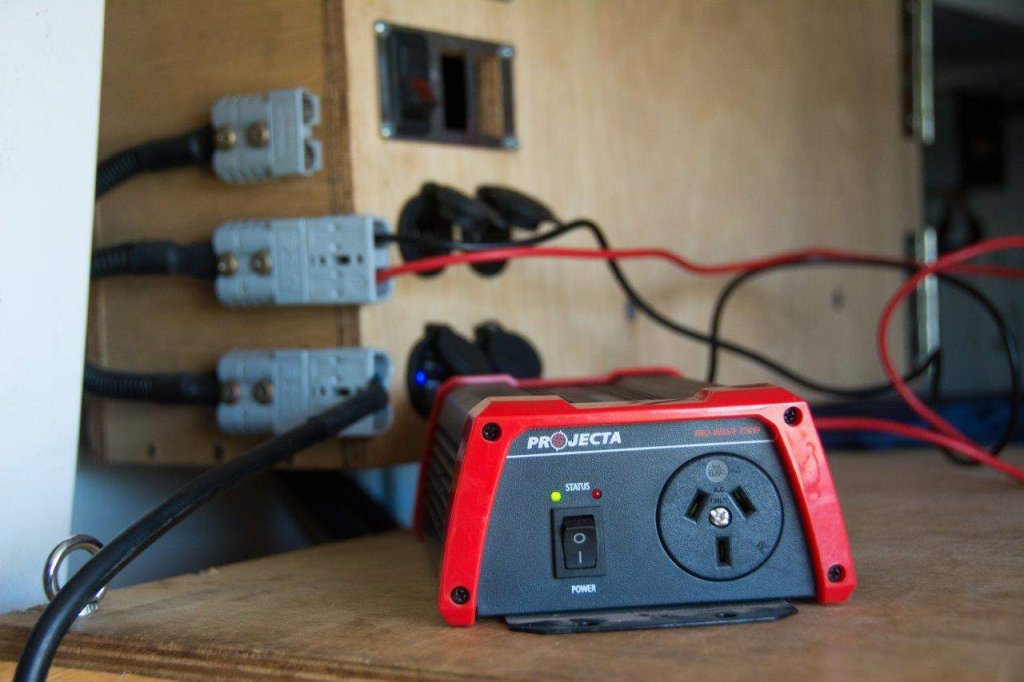
Certain RV appliances, like air conditioners and heaters, need more power than usual. For these, a 240V system is used. This is like when a big machine at a factory needs more power to run smoothly. It’s a stronger kind of electricity that helps the big things work well.
5. Right Cable Matters for Your RV
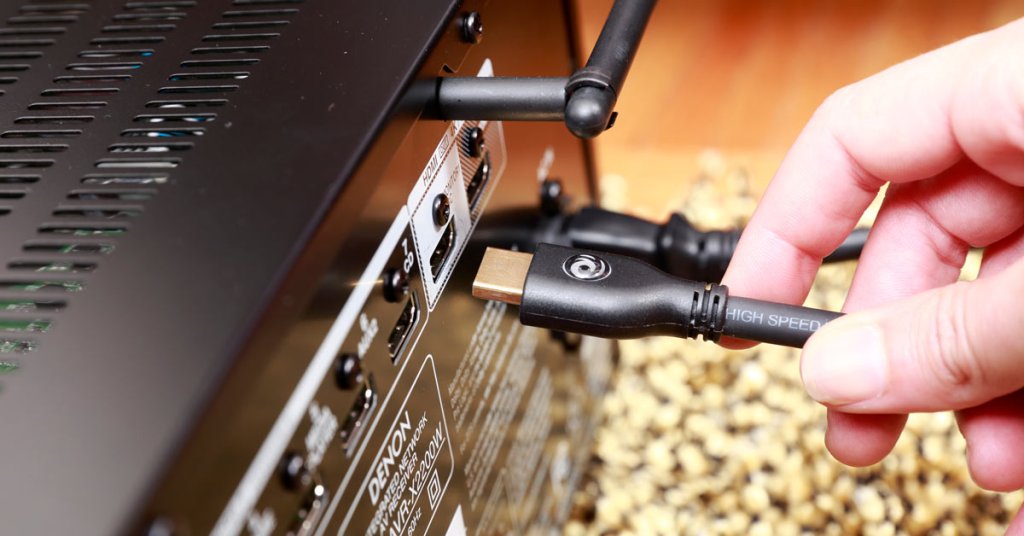
The cable that comes with your RV is made just for it. If you use the wrong one, it can be unsafe. Think of it like using the right charger for your phone. It’s important to use the cable meant for your RV so everything stays safe and works right. Get camping gear for yourself if you are planning to go camping.
6. Adapting 50A to 30A: Safe Bet
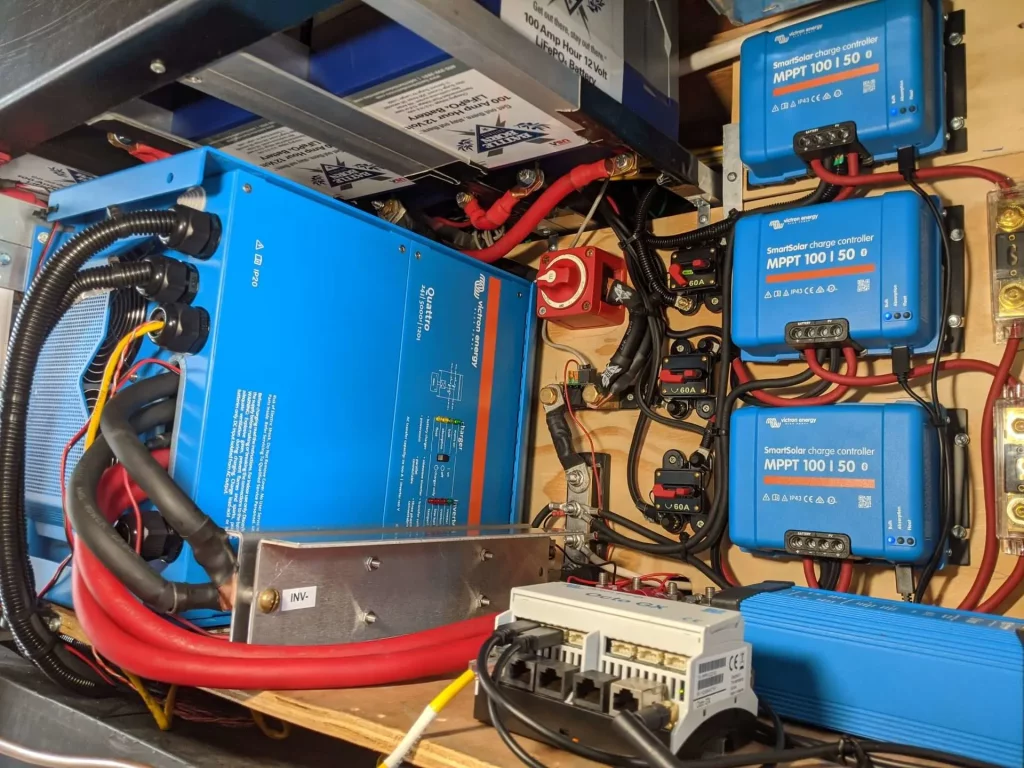
If your RV has a 50A plug, but the campground only has 30A, don’t worry. You can use an adapter, but the power might not be as strong. It’s like using a smaller hose when the big one isn’t available. You’ll still get some water, just not as much.
7. Voltage and Amperage: What Matters?
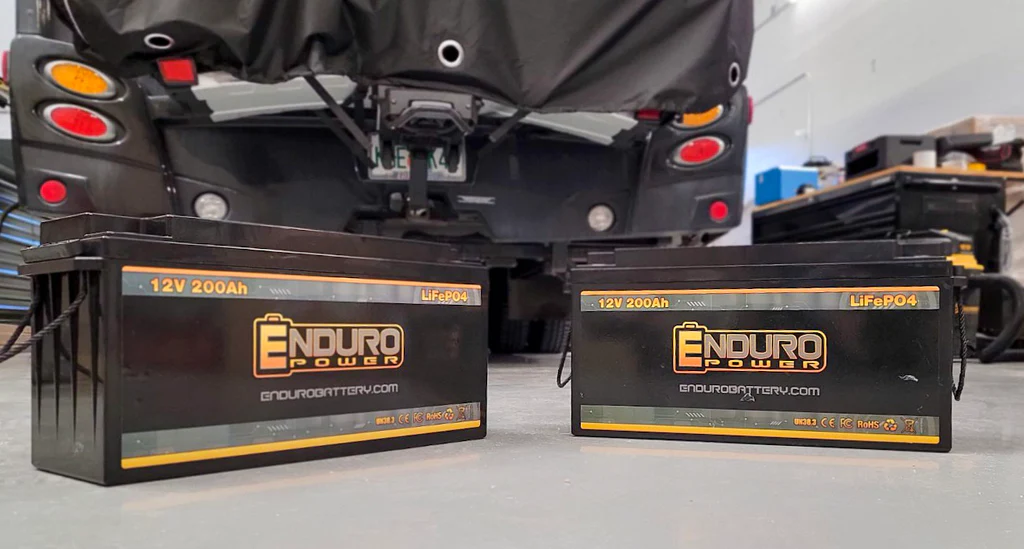
In simple words, voltage is like the strength of the electricity, and amperage is how much of it flows. It’s like the pressure and amount of water in a hose. Different appliances need different amounts of both, so it’s important to match them right.
8. Guard Your RV with Surge Protectors
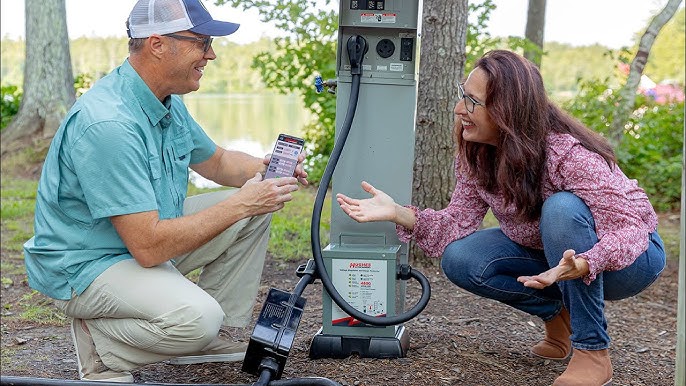
Think of it like your RV’s electrical system is like a shield, and a surge protector is its armor. It keeps sudden bursts of electricity from hurting your RV. It’s like wearing a helmet when you ride a bike to stay safe.
9. European RVs and 240V
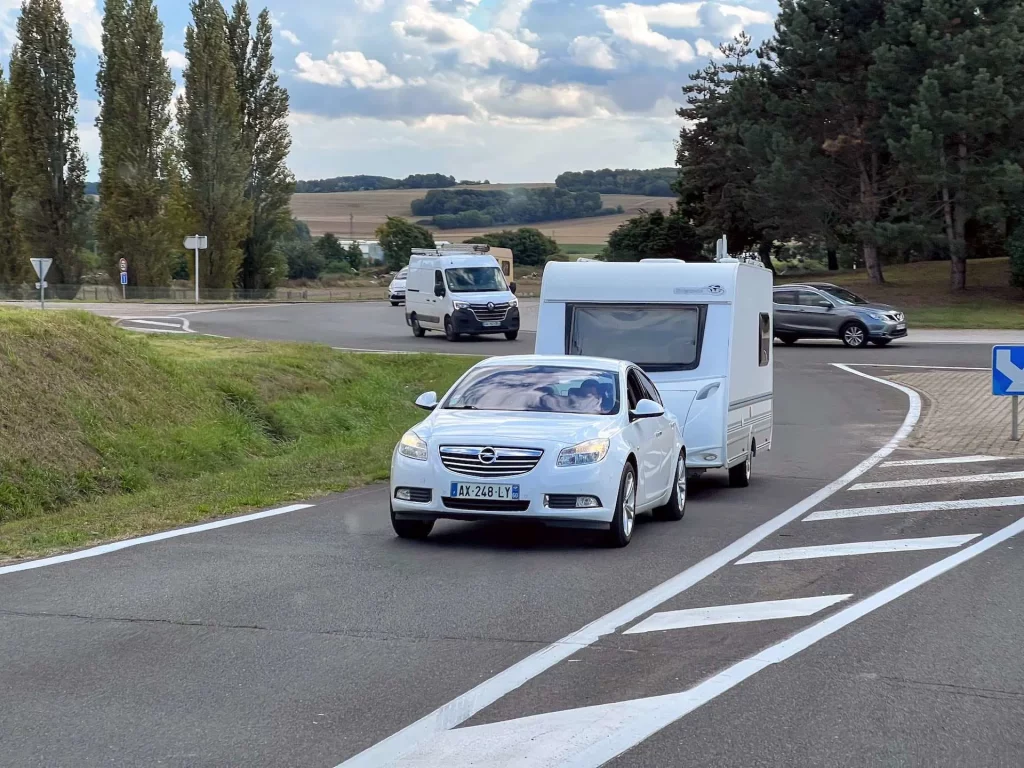
In Europe, most RVs use a 240V system. It’s like how, in some countries, cars drive on the opposite side of the road. Different places have different rules for how things work.
10. What Voltage Do Most RVs Use?
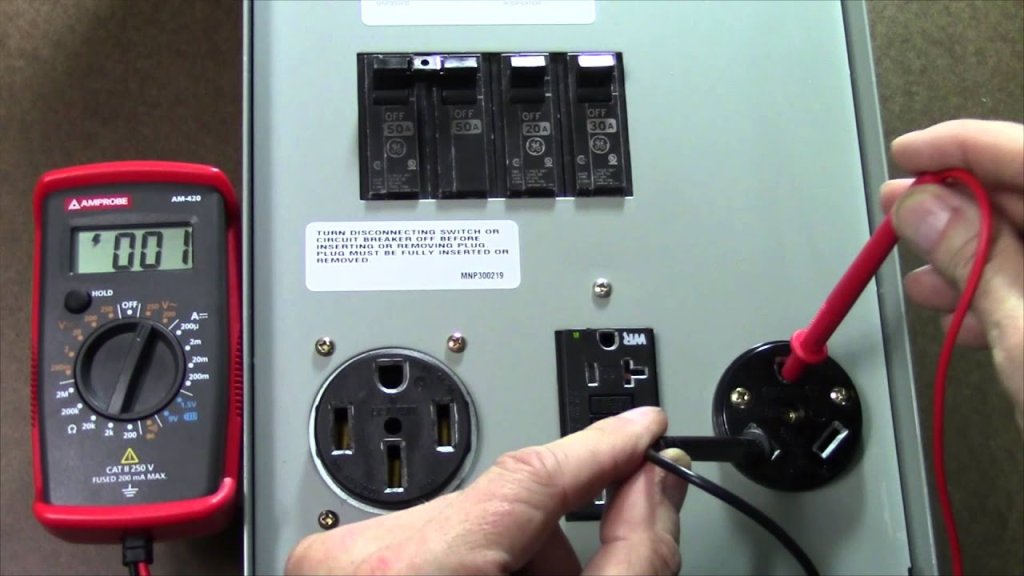
Just like most devices in your home, RVs use 120-volt power. It’s like how your TV and lights work. It’s the regular kind of electricity that makes things run.
11. Easy Ways to Check RV Voltage
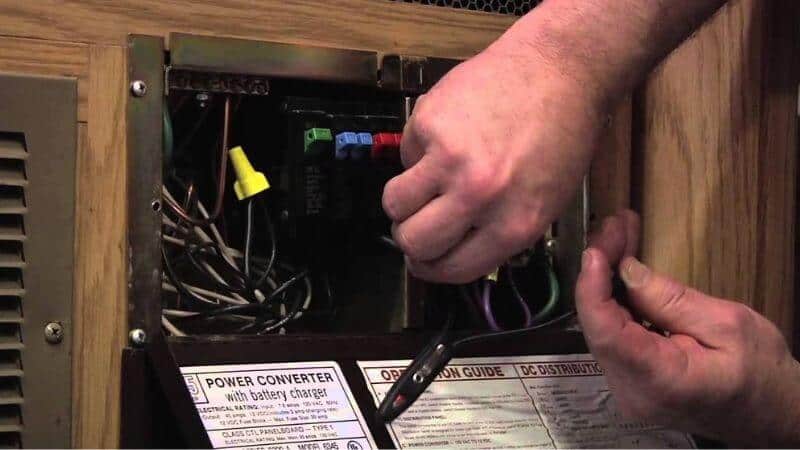
You can use a special tool called a multimeter to check the electricity in your RV. It’s like using a thermometer to see if you have a fever. The multimeter tells you if your RV’s electricity is too high or too low.
12. Matching Volts and Amps for Your RV
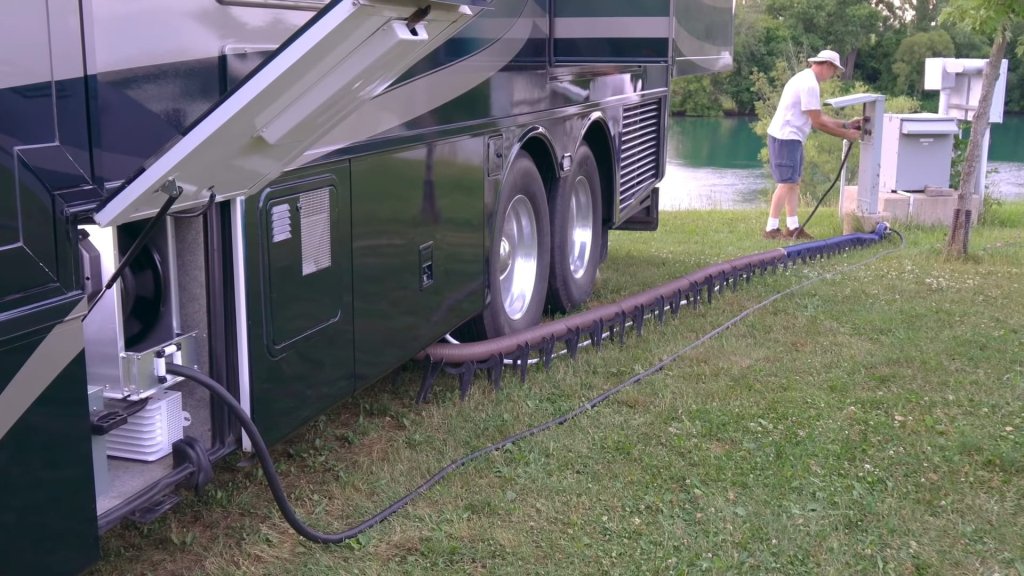
Think of your RV’s electrical system like a puzzle. The voltage and amperage must fit perfectly for the puzzle to work. It’s like making sure all the pieces of a jigsaw puzzle are in the right shape and size.
13. 50A and 30A RV Electrical Differences
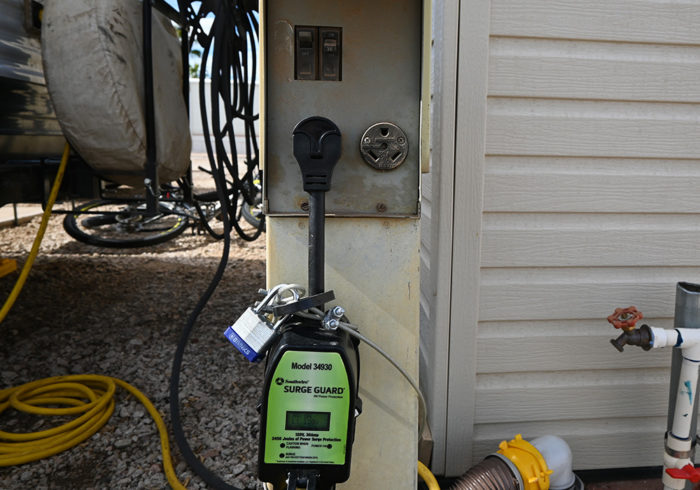
RVs come in two sizes – 50A and 30A. It’s like having different-sized batteries for different toys. Some RVs can handle more power, while others need less. Make sure you know which one your RV needs.
Conclusion
Now you know all about the 30 Amp RV plug and whether it’s 120 or 240 volts. Remember, most RVs use 120-volt power like your home appliances use. It’s the everyday kind of electricity that keeps things running smoothly.
But some RVs, especially those with big appliances like air conditioners, need the stronger 240-volt power. Remember, safety is important when dealing with electricity. You can connect your RV to the right power and enjoy your peace without any worries.
Have a great time out there on the road, and always stay safe with your RV’s power.

